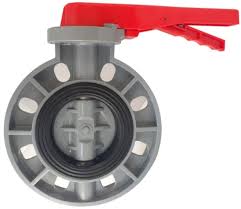Demystifying the process of calculating sales tax can ease the burden for businesses and individuals navigating the complexities of financial transactions. Understanding the step-by-step procedure behind sales tax calculation is key to ensuring compliance and accuracy in financial transactions.
The initial step in comprehending sales tax calculation involves establishing nexus. Nexus refers to the connection between a business and a taxing jurisdiction that mandates the collection and remittance of sales tax. Factors determining nexus can include physical presence, economic activity thresholds, or marketplace facilitator laws, varying by state or region.
Once nexus is determined, the next crucial aspect is identifying the applicable tax rates. These rates fluctuate across different jurisdictions, encompassing state, county, city, and special district levels. Accurately pinpointing the relevant tax rates is essential, as they directly influence the amount of tax to be collected.
Precise product categorization follows as an important step. Various goods or services may incur specific tax rates or exemptions based on regional regulations. Categorizing products accurately ensures the correct application of tax rates during transactions, minimizing errors in tax calculations.
The actual calculation involves a straightforward formula: multiplying the pre-tax amount of a purchase by the applicable tax rate. For example, if an item costs $100 and the sales tax rate is 8%, the tax amount would be $8, resulting in a total purchase price of $108.
Leveraging technological tools can significantly simplify the calculation process. Many accounting software programs or point-of-sale systems come equipped with features that automate sales tax computation. These tools analyze transaction details and apply the relevant tax rates, streamlining the process and reducing potential human errors.
Maintaining accurate records and conducting regular compliance checks are equally essential. Detailed records of sales transactions and the corresponding tax amounts collected are critical for precise reporting and remittance. Regular compliance checks ensure adherence to current tax laws and regulations, mitigating risks of non-compliance.
In essence, demystifying sales tax calculation involves understanding nexus, identifying tax rates, categorizing products accurately, applying the calculation method, utilizing technological aids, meticulous record-keeping, and ensuring ongoing compliance. By following these steps, businesses and individuals can navigate the intricacies of sales tax calculation confidently, ensuring accuracy and compliance in their financial dealings.


